A Secret History of Empty Lots
On Friday afternoon I took the tollway to the Cretaceous Period, passing through the tangled cloverleaf of elevated ramps that can vector you off in the direction of Laredo, Duluth, Houston or the Hill Country if you miss your exit. When you’re up on one of those overpasses that tower over the negative space of the city, you risk testing the effectiveness of that little concrete guardrail if you try to take a proper look at the landscape below. If you did, you would see the wide plain of what was once a shallow sea, where leviathan reptiles swam in the space now occupied by the kinds of suburbs that are invisible to all but those who live there.
We met on a quiet little residential street within earshot of one of those highways, in a spot where the city bought the most flood-prone lots, took out the homes, and left a grove of pecans that have been there a lot longer than the surrounding residences, maybe longer than the city that has subsumed them. Trees that give off ample food as cooler temperatures arrive, attracting urban foragers who may not know they are walking the same paths as the peoples whose history on these lands the Texans have worked so hard to erase. We were there to forage for older things.
The spot where our swampdogging friend had us meet is one where the Uvalde gravel fingers its way into the heart of Travis County and crosses the path of one of the major creeks that feeds into the Colorado. Creeks cut deeper than rivers, especially when the surrounding landscape is half-paved, and if you find the right spot, you might be like that kid in the 80s who was exploring the secret ravines behind his house with his dentist dad and discovered a plesiosaur, just a few miles west of where we walked.
We were looking for evidence of Paleoindians more than dinosaurs, but as soon as we found the trailhead at the back of the empty lots and dropped down into the deep channel of the creek, you could see this was the sort of spot where you would find both. Devil’s toenails littered the banks, and when you looked at the sharp cuts of exposed wall, you could see the layer of freshly exposed ancient gravels there twenty or thirty feet beneath the surface of the earth on which we walk and drive. There were more contemporary artifacts, too—all the garbage the city leaves outside to wash away in the rain, cluttering the chokepoints of the creek—but you learn not to be distracted by that.
The guys I walked with both had better eyes than me for the antiquities that lay there amid the ordinary rocks—one an outdoorsman and field engineer who has been finding and exploring spots like these his whole life, the other an anthropologist who specializes in the nomads of another continent. And they both had much deeper knowledge of the natural and human history of the region, one the knowledge of the autodidact guided by personal experience of place and finding artifacts in situ, the other the fresh learning of a university professor who has been reading for a class in an area he has not taught before, on the indigenous peoples of Texas. Mixed in with the fossilized marine life of prehistoric seas, we might find material from the Toyah culture, which appeared in Central Texas in the early 1300s at the same time as the bison herds returned. And we hadn’t gotten far when the professor found a big fossilized bone of what might have been an ancient buffalo, there amid the more recent detritus of our own civilization slowly sinking into the creekbed.
The lush browns of that bone were in the right range for the colors you learn to look for, seeking out orange quartzites amid the gray gravels and sand. We find those kinds of artifacts along the river once in a while, knapped cutting tools that, when you hold one in your hand just right, let you sense the impression left by the person who held it hundreds of years ago, or more. One of our neighbors found a tool we learned was 12,000 years old when we took it to identification day at the university’s natural history museum—a Clear Fork Gouge.
For me the most beautiful thing we found was maybe the smallest, a tiny echinoid from the Cretaceous sea that the professor spotted in the clear shallow water. It was only when I looked at the photos that I noticed the tiny holes through which it must have extended its tentacles.
It was a perfect day to be out there, clear and cool under a bright autumn sun, and the water seemed clean as we walked in it, even though you knew it probably wasn’t.
We talked as we walked, the tranquility of the little canyon only slightly marred by the whine of a leaf blower in one of the backyards above, waging war on the untidiness of nature. The swampdogger told us of some of the things he had found and seen in this spot, and how he did it. Points and tools and the teeth of a mosasaur. Speaking of the still extant cultures he studies, the professor talked about how the culture of nomadic peoples often involves “technologies of the mind, not of the hand”—that therefore leave only the faintest traces on the land.
Traces that you would probably think look just like another rock.
The creek was full of tracks, mostly raccoons and opossums. In one stretch you could see where the homeowners had built little retention walls from backyard landscaping materials and slabs of concrete, trying to keep the yard beneath their house washing away in the flood. There was one daytime predator in there, an orange tabby out stalking birdsong, trying to move slowly enough not to ring the bell on its collar. It scowled at me as I passed, with the eyes of the bigger cats that used to hunt our ancestors in the trees.
A little further on some dude called down from his porch, striking up a friendly conversation while also investigating what we were up to down there.
I had to sneak off early, to do a late afternoon call on our river conservation project. After I left my friends found a spear point, news that confirmed the outing a success, not that we needed such measures.
Earlier in the week, the robot calendar that regulates my days had advised me this is American Indian Heritage Month, a commemorative observance enacted by Congress a century after the destruction of the cultures being celebrated was largely complete. As I took the interstate home, I thought about how it and many of the other major arteries we have paved to carry our traffic follow the paths the Anglo settlers found when they arrived here, Indian trails that had often first been made by the animals they tracked across the land. Later, when I pulled my copy of Indian Depredations in Texas from the shelf and looked up the creek we had walked in the index, I read of the various ambushes along its banks of early settlers who followed the same path of the tollway I had driven to our outing.
I had lived in Texas for a long time before I came to more clearly see how obvious it was that I lived in colonized space. That many of the neighbors I had been taught to categorize by the name of another country on the other side of the river to the south were in fact the descendants of the people who had been displaced from this land, people whose families had often changed their names to evade extermination. That our everyday fights over gentrification and development and the rights of workers are the continuation of the conflicts you can read about in the books like Wilbarger’s compilation of his own people’s atrocities. That every suburb really is built on top of an Indian burial ground.
When you find the remains of creatures who lived here millions of years ago in the same domain, it makes that truth you can do little to change somewhat more palatable, reminding you that the pendulum of deep time always swings back. And that the culture that lived by burning fossils will eventually leave its own, buried deep for the nomads of the future to find.
Further reading and watching
For more about the fossils of Texas, check out this compilation of stories at the Texas Standard. If you’re in Austin, stop by the Texas Memorial Museum. Identification days are usually held on a Sunday in September.
For more on the prehistoric peoples of Texas, this Texas State History Association entry is a good starting point, as is this entry on the Toyah culture. For a geologist’s explanation of Uvalde Gravel, try this 1971 Baylor study by Clifford Leon Byrd.
My favorite history of the colonial history of the native peoples of this region is probably F. Todd Smith’s From Dominance to Disappearance: The Indians of Texas and the Near Southwest, 1786-1859, but I’m biased because the author is an old friend. (Todd also has a fascinating video lecture available about the history of Indians who emigrated to Texas from the East in 1820-1835 available from last year’s Humanities of Texas quarantine series.)
The settler side of the story can be found in J. W. Wilbarger’s Indian Depredations in Texas, an 1890 compilation of first and second-person accounts of conflicts between Indians and Texans throughout the nineteenth century, told from an exceptionally biased point of view. A complete PDF is available for free at Internet Archive, and reads like one of those books Cormac McCarthy must have devoured while researching Blood Meridian. In one of my first posts here last year just as quarantine was settling in, I used the book as a guide to find one of the sites of a famous local scalping, which turned out to be behind the biggest new planned community in town.
Looking into the future, the London Review of Books has put a provocative piece from its next issue up early, and outside the paywall—Adam Tooze on “Ecological Leninism,” reviewing three recent books by the historian and climate activist Andreas Malm that urge a more revolutionary response to climate crisis and inaction. And on a different front, in this week’s installment of his newsletter Creative Good, Mark Hurst has an interesting call to action to battle the rising “corporation-states” of big tech, riffing off a 1964 Hannah Arendt interview on the German television show Zur Person I had shared during the week.
Around the time that 80s dentist’s kid was finding dinosaurs in the Austin suburbs, I drove several hundred miles on one of those Indian trails turned interstate highways to see Godfrey Reggio’s Koyaanisqatsi upon its theatrical release. I didn’t know anything about the movie until the opening titles rolled, as I was more motivated by the girl who had suggested we go see it, but it left a profound and lasting impression. A few years ago my wife and I got to see a special presentation with a live performance of the soundtrack by its composer Philip Glass and a conversation with the director. Over the past month I have been listening to that amazing soundtrack as I finished a proposal for a new project that tries to tackle similar themes. If you have never seen the film, it is a remarkable work of documentary art that puts our dominion over the planet in fresh perspective. If you have a library card or university account, you can stream it free on Kanopy.
Covid-era travel gods permitting, this Thursday I’ll be in Montreal at the University of Montreal law school’s Cyberjustice Lab, giving a talk as part of the school’s law and literature series on “the Borders of Utopia,” surveying depictions of law in science fiction and what they teach us about real-world justice and the possibility of a more just future. Details here if you’re interested.
Field Notes will be off next week, and back the Sunday before Thanksgiving.
Enjoy your extra hour today, and have a great week.


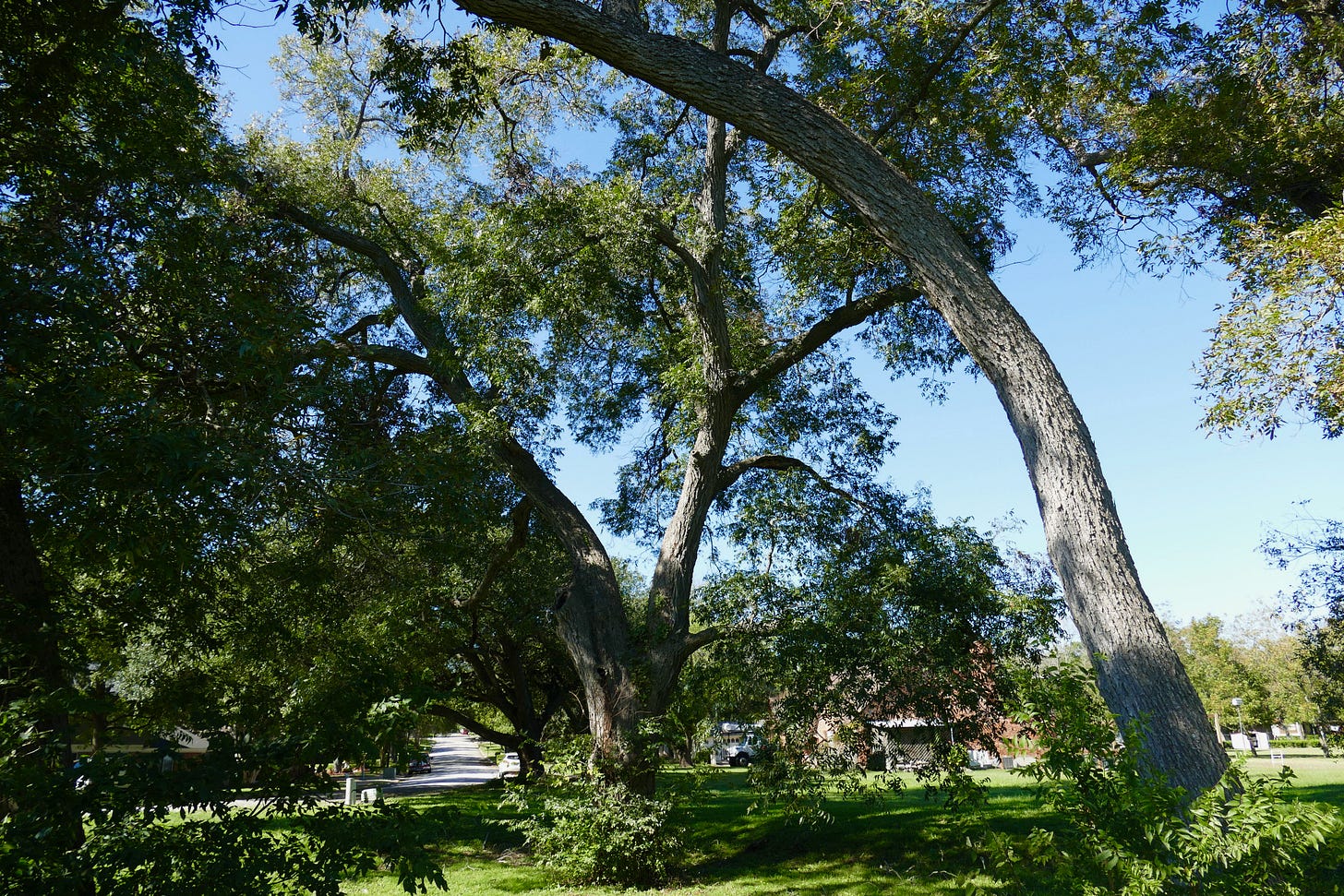




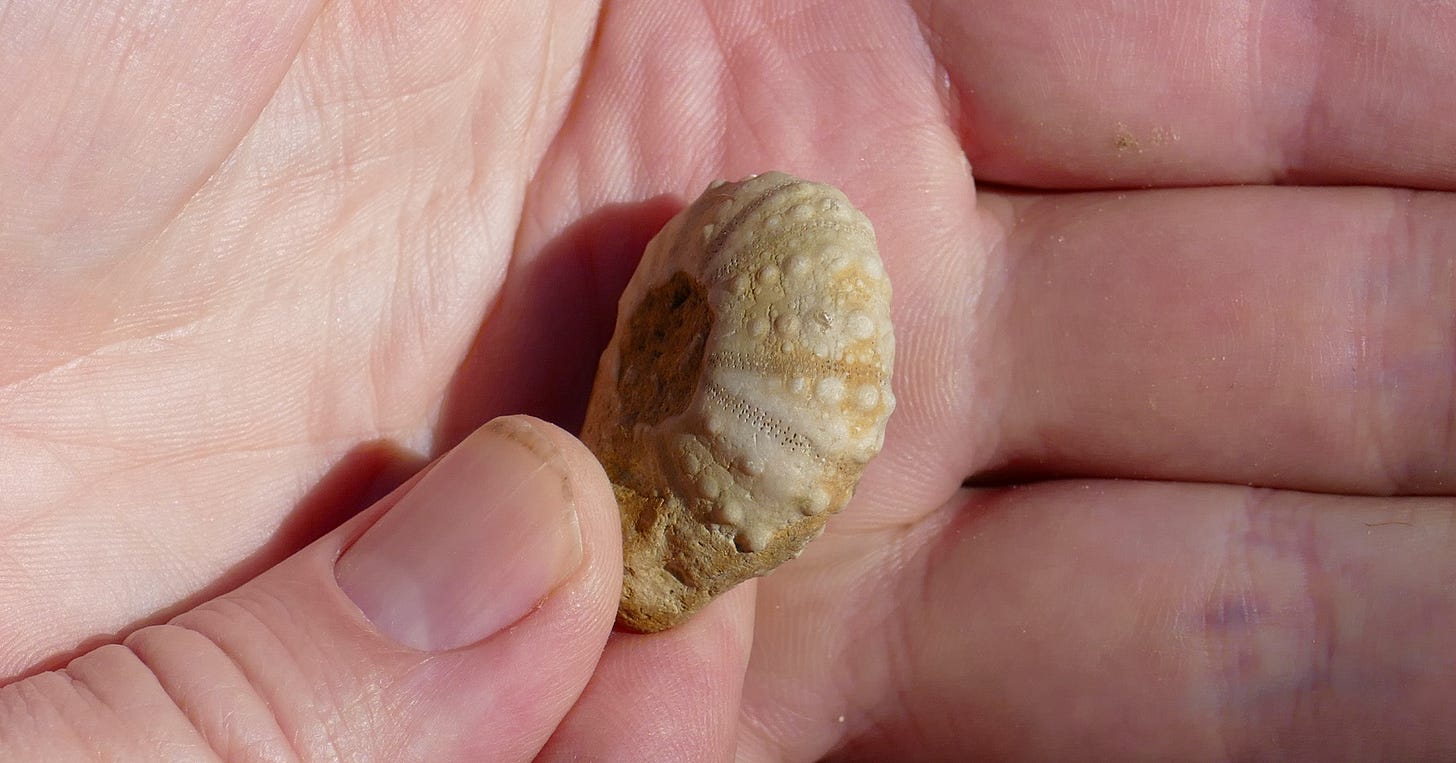
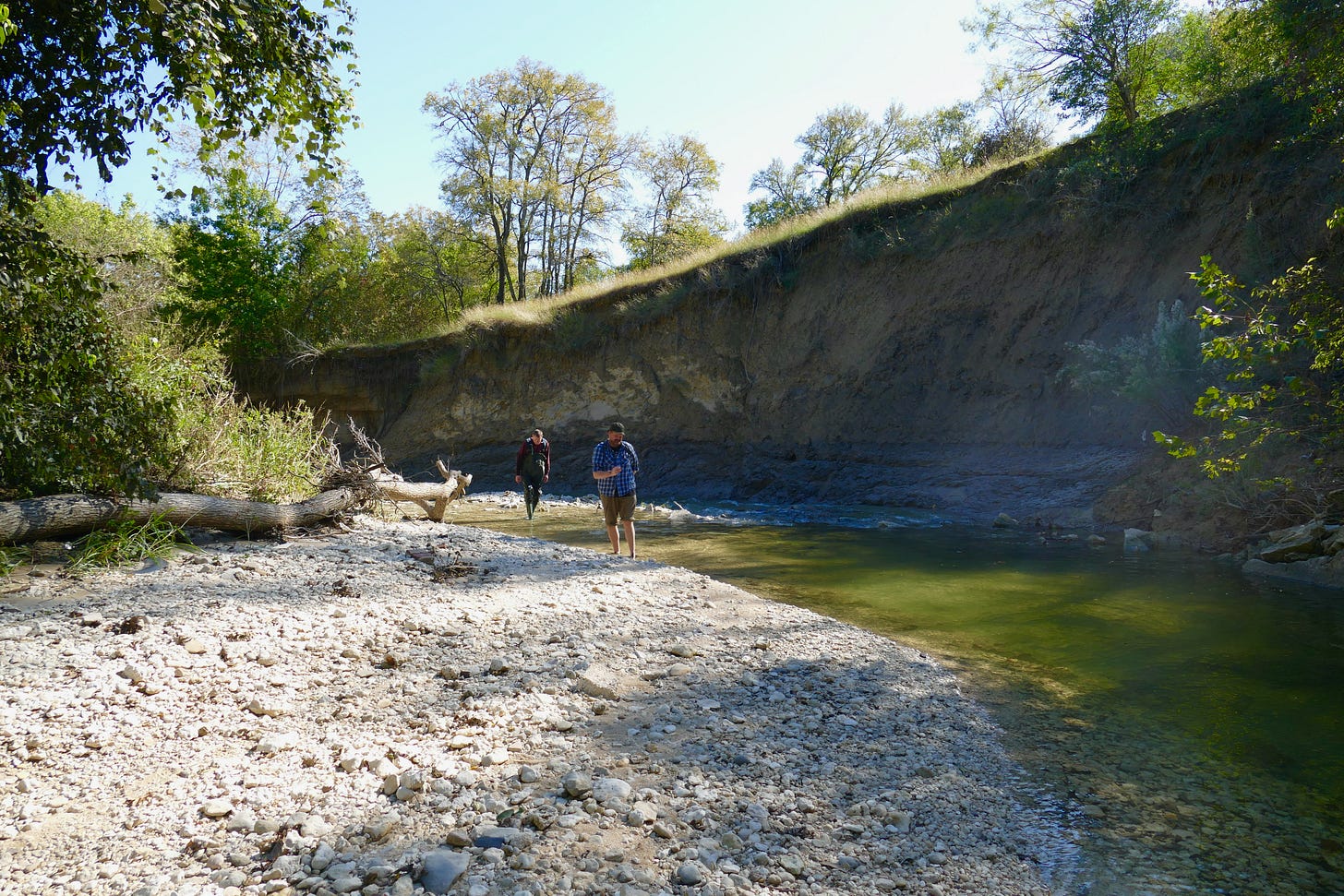

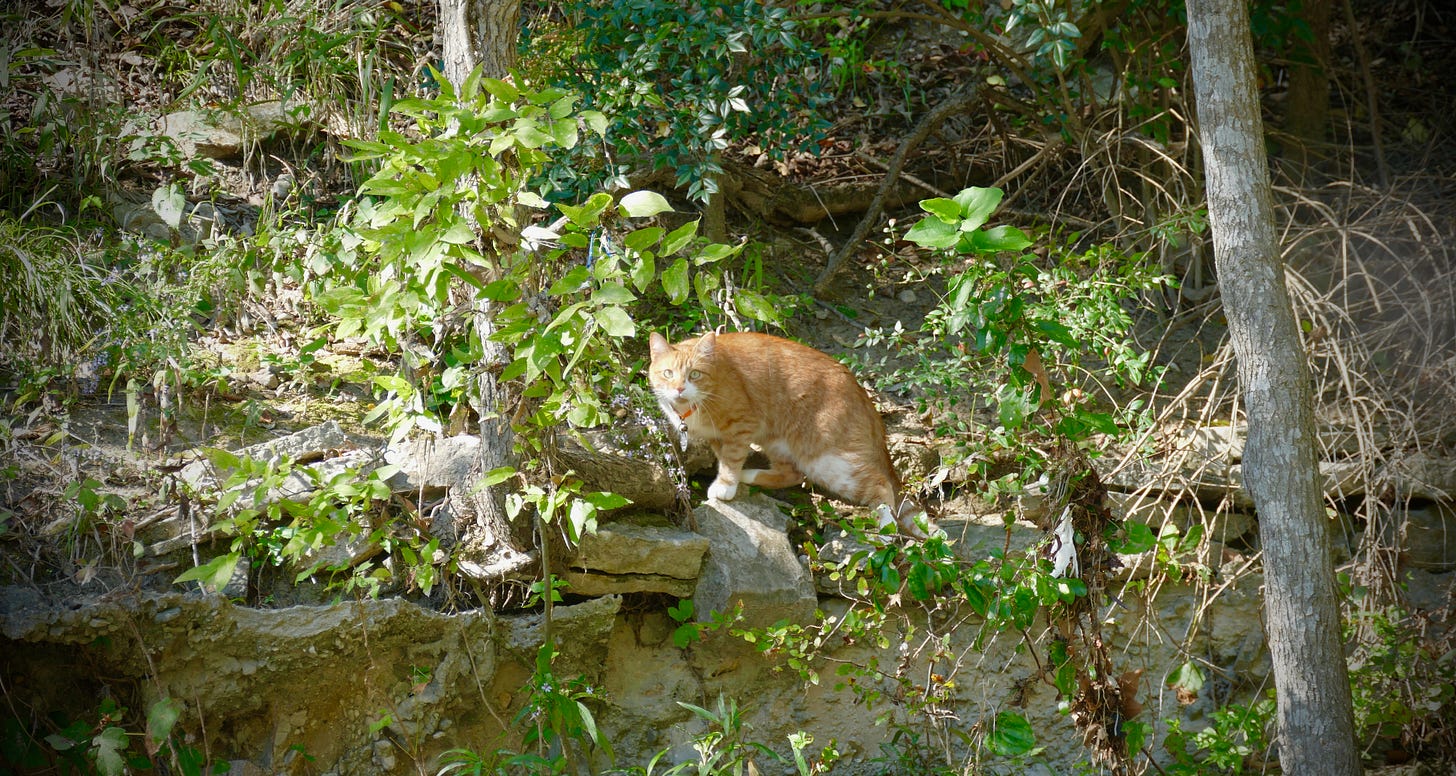

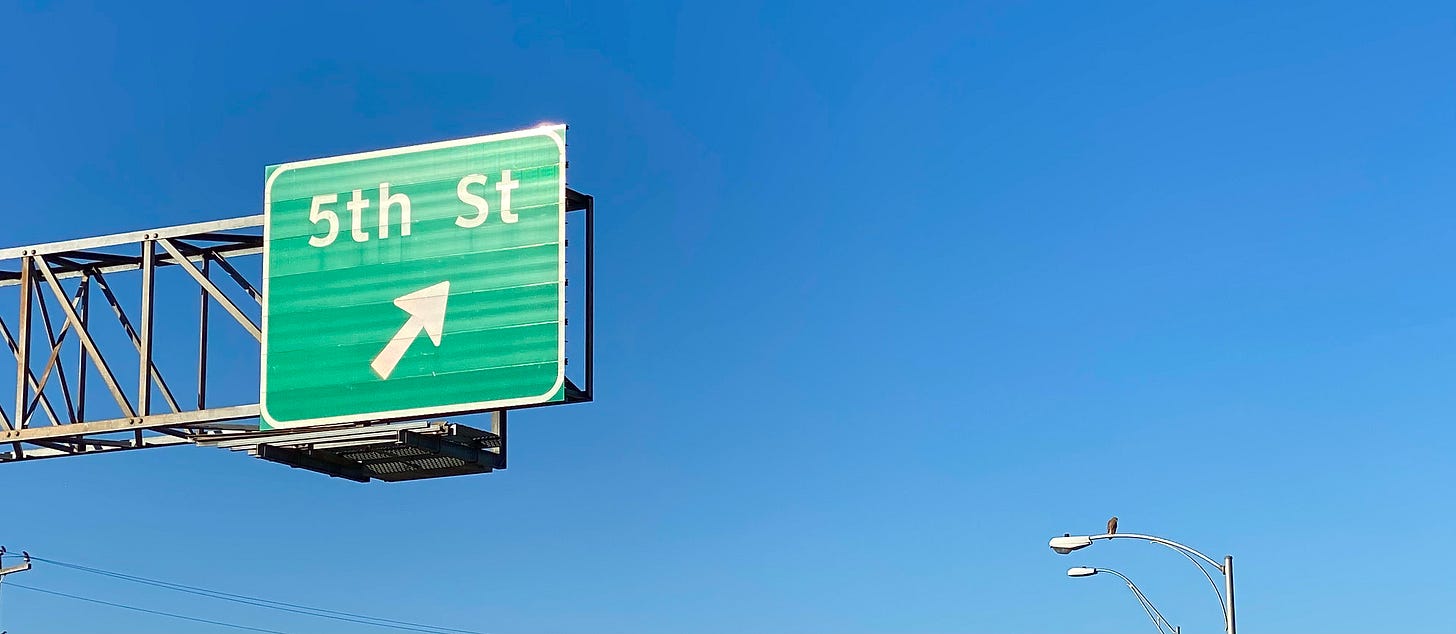
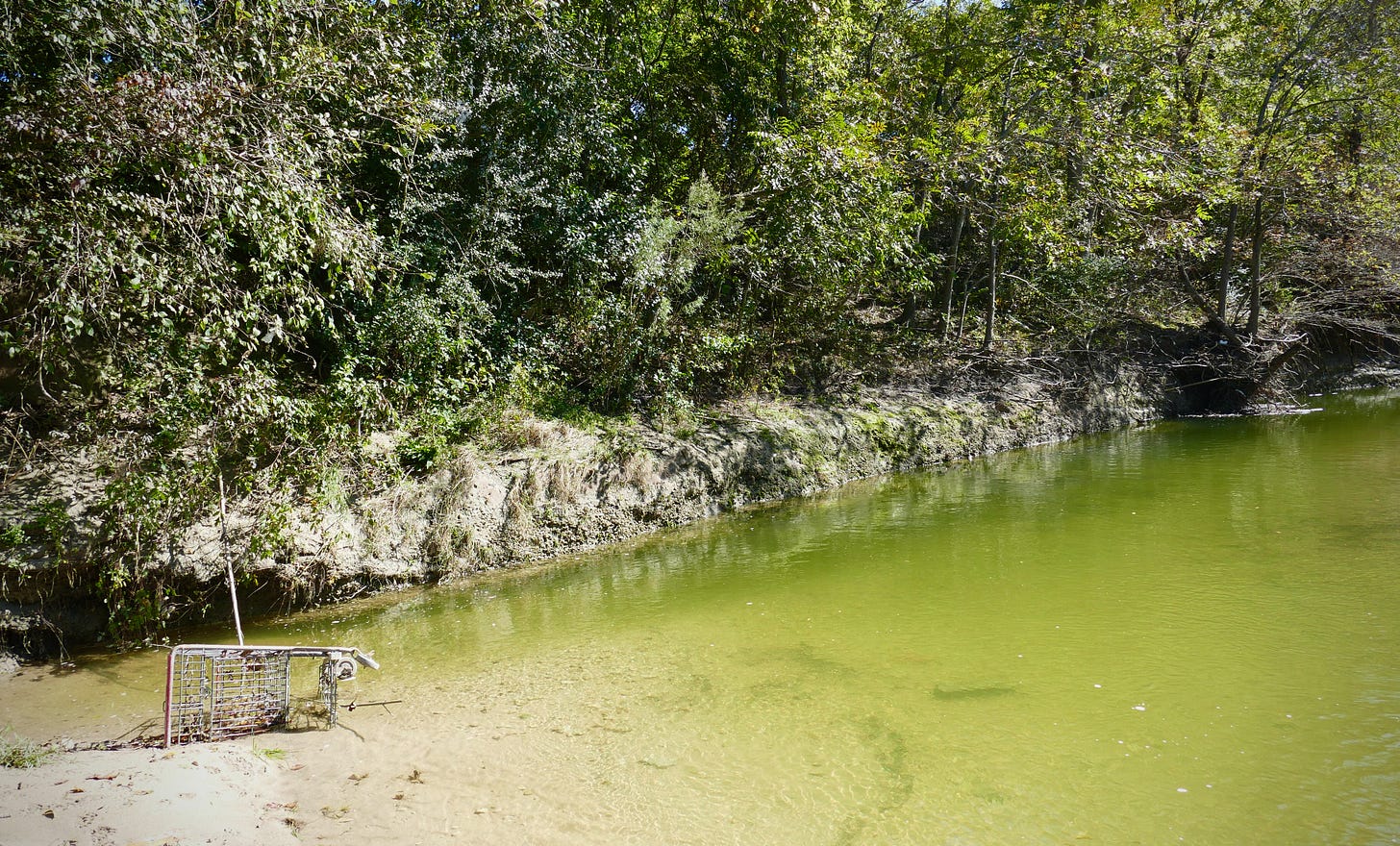
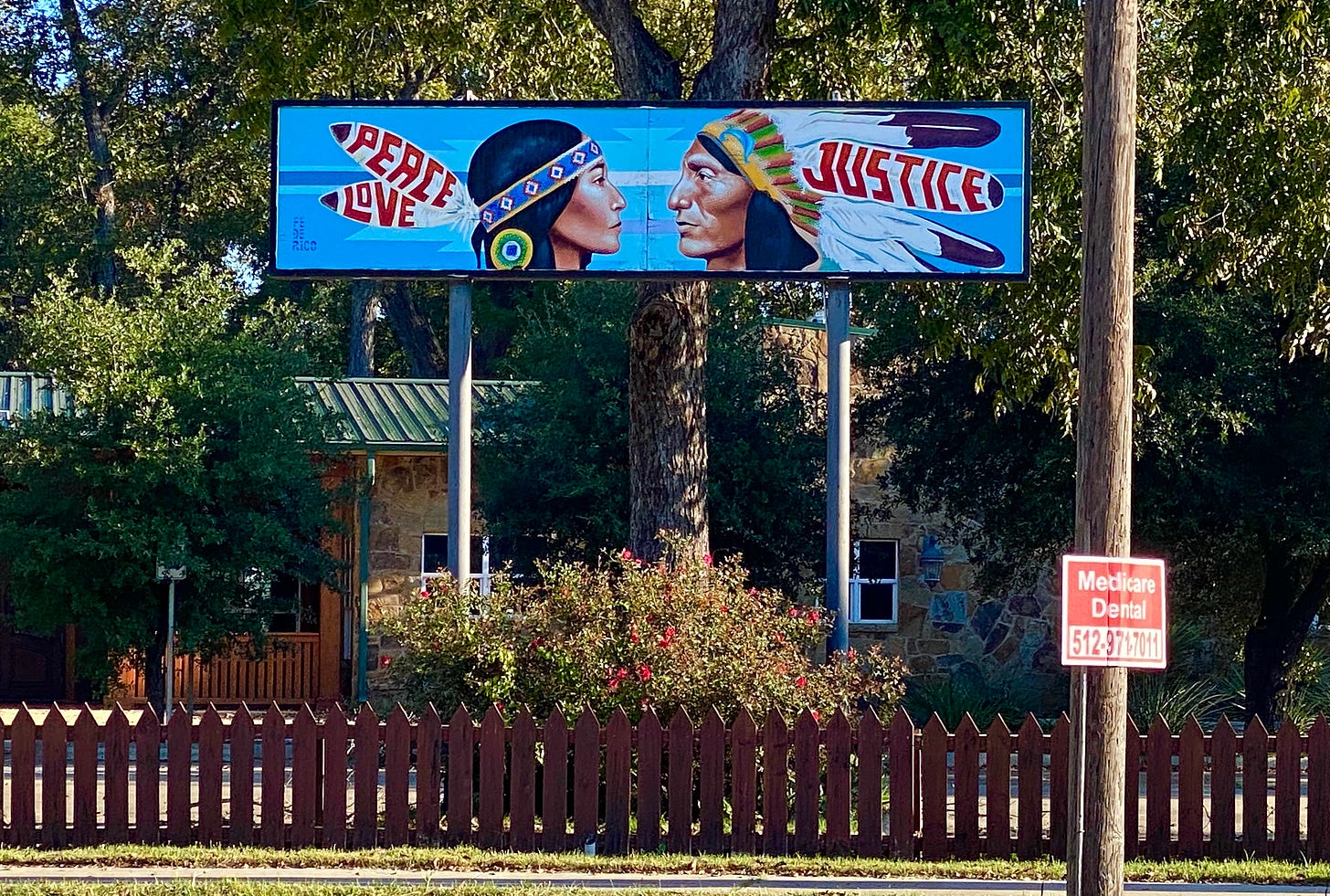
Unlike the unsolicited Statesman newspaper that is wrapped in plastic and dumped on my driveway, this is a Sunday read I actually look forward to. You've also inspired me to grab my 10 year old and a trowel and head out on a fossil hunt.
Another fascinating read. I look forward to reading your Field Notes every week. Beautifully written and unusual subjects. Thanks.